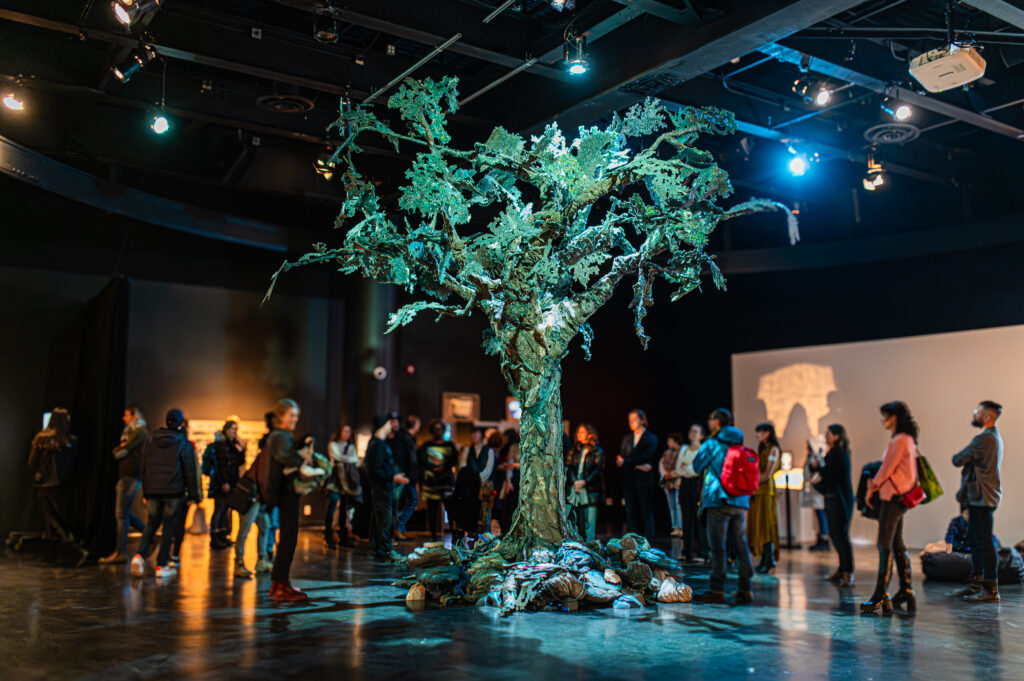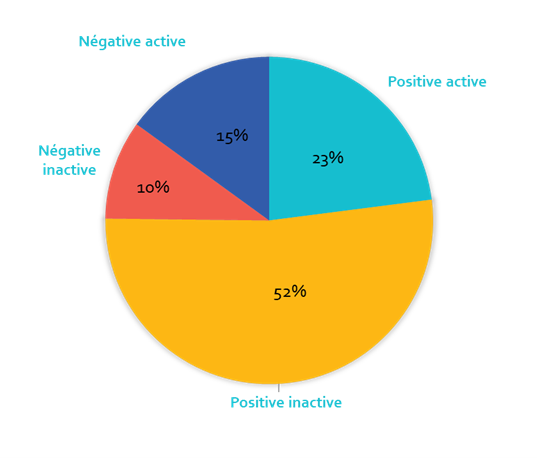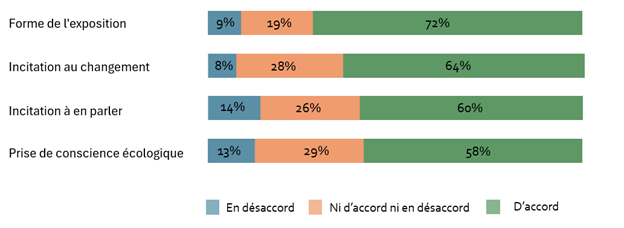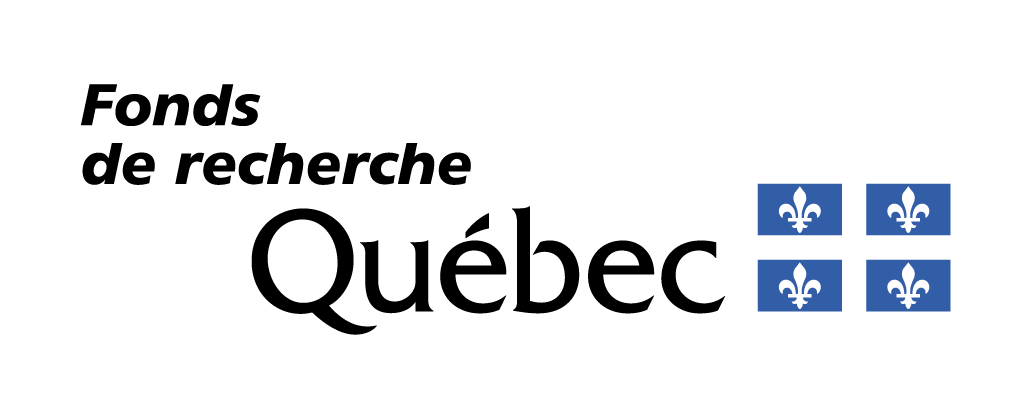Professors Virginie Francoeur and Pascal Paillé hired postdoctoral fellow Prisca Ayassamy to conduct an exploratory review of ecoanxiety in the workplace. Discover the summary of their work.
Summary
According to the latest statistics, of the 4.6 million tonnes of plastic produced and imported into Canada each year, almost half is plastic packaging. The recycling rate for all these plastics combined fluctuates between 6% and 9%. Équiterre, in its search for solutions, has therefore proposed to our research team at Polytechnique Montréal, in 2021, to carry out various research components as part of a pan-Canadian study on the transition to zero waste. What should we do with the results of this study when we want to involve a diverse audience? You have to opt for unconventional dissemination. Here, science and the arts are called upon to help the unprecedented take flight.
The Zér0 exhibition we presented at the Biosphère de Montréal (2023-2024) brought together ten artists and collectives from a variety of disciplines. Their challenge: to transform zero waste into a work of art.
Zero waste means reducing the waste of resources and the quantity of waste to avoid releasing toxic substances into the soil, water or air.

In an unprecedented move, each artist was given total autonomy to interpret the theme of zero waste according to his or her artistic practice, while being responsible for the ethical choice of materials, most of which were recycled. The exhibition features a wide range of works: comics, poetry, sculpture, painting, photography, video and theater.
Visitors were invited to fill in a questionnaire before and after their visit, to measure the impact of the exhibition on their emotions and eco-responsible behavior. This proactive approach is designed to measure commitment and get them thinking about the impact of their actions. Qualitative interviews were also conducted at the Biosphère (n=60). The longitudinal study therefore comprises two measurement phases. In phase 1, 180 adults were surveyed. Only these results will be presented, as the analysis of qualitative and quantitative data from time 2 is still in progress.
Respondents (time 1) reported feeling mostly positive emotions during their visit (75%). Fifty-two percent felt inactive positive emotions, such as relaxation; 23% active positive emotions, such as enthusiasm. Twenty-five percent felt negative emotions (10% inactive such as fatigue and 15% active such as fear). Visitors were more attracted to works with visuals.

Secondly, a majority of respondents (72%) felt that certain elements of the exhibition provided them with an environment conducive to receiving information, as well as convincing them that the arts can help them understand complex scientific information. Sixty-four percent consider that, as a result of the exhibition, they are ready to change their habits to consume more products bought in bulk, and thus increase their zero-waste behavior. Sixty percent were encouraged to talk about the exhibition with friends and family. Last but not least, 58% of respondents were aware of the exhibition. Certain elements of the exhibition had raised their awareness of zero waste and, more broadly, of ecology. Thanks to the exhibition, a majority became more aware of their consumption habits and the impact of over-consumption of single-use packaging on the environment.

In summary, our research project explored, in an innovative way, the use of art as a vehicle to incite ecological change. We chose to bring together both science and art in an exhibition, with a view to increasing the public’s knowledge of zero waste and creating original interactions. Our results are promising, demonstrating the relevance of an artistic approach to raising awareness and encouraging action. The richness of art lies in its ability to evoke unprecedented sensations, transcend boundaries and imagine a new world, helping to develop a heightened awareness of environmental issues and a call to action.
To find out more about the exhibition: https://www.expositionzero.ca/
We would like to thank the artists who participated in this project and our many partners:
- Artists : Martin Beauregard ; Jean Désy, Marie-Chloé Duval, Virginie Francoeur, Jason Gillingham, Rodney Saint-Éloi, Annie Groovie, Marilyn Perreault and Annie Ranger of I.N.K. Theater, Bernard Voyer and Ascètes Studio (Alexis Vaillancourt, Olivier Bonnard and Olivier Heaps-Drolet).
- Québec Circular Economy Research Network (RRECQ)
- Social Sciences and Humanities Research Council (SSHRC)
- Fonds de recherche du Québec (FRQ)
- Foundation and Alumni of Polytechnique Montréal
- Centre interdisciplinaire de recherche en opérationnalisation du développement durable (CIRODD)
- Biosphère
- Équiterre
- Mirari
- Koze Productions
- Kashika Studio
Research interns: Aymeric Bès de Berc, Baptiste Henry, Kelly Gbeve, Maëlle Aymar.
